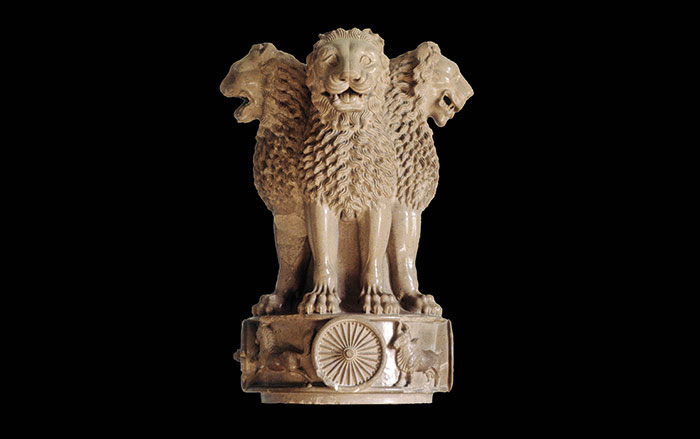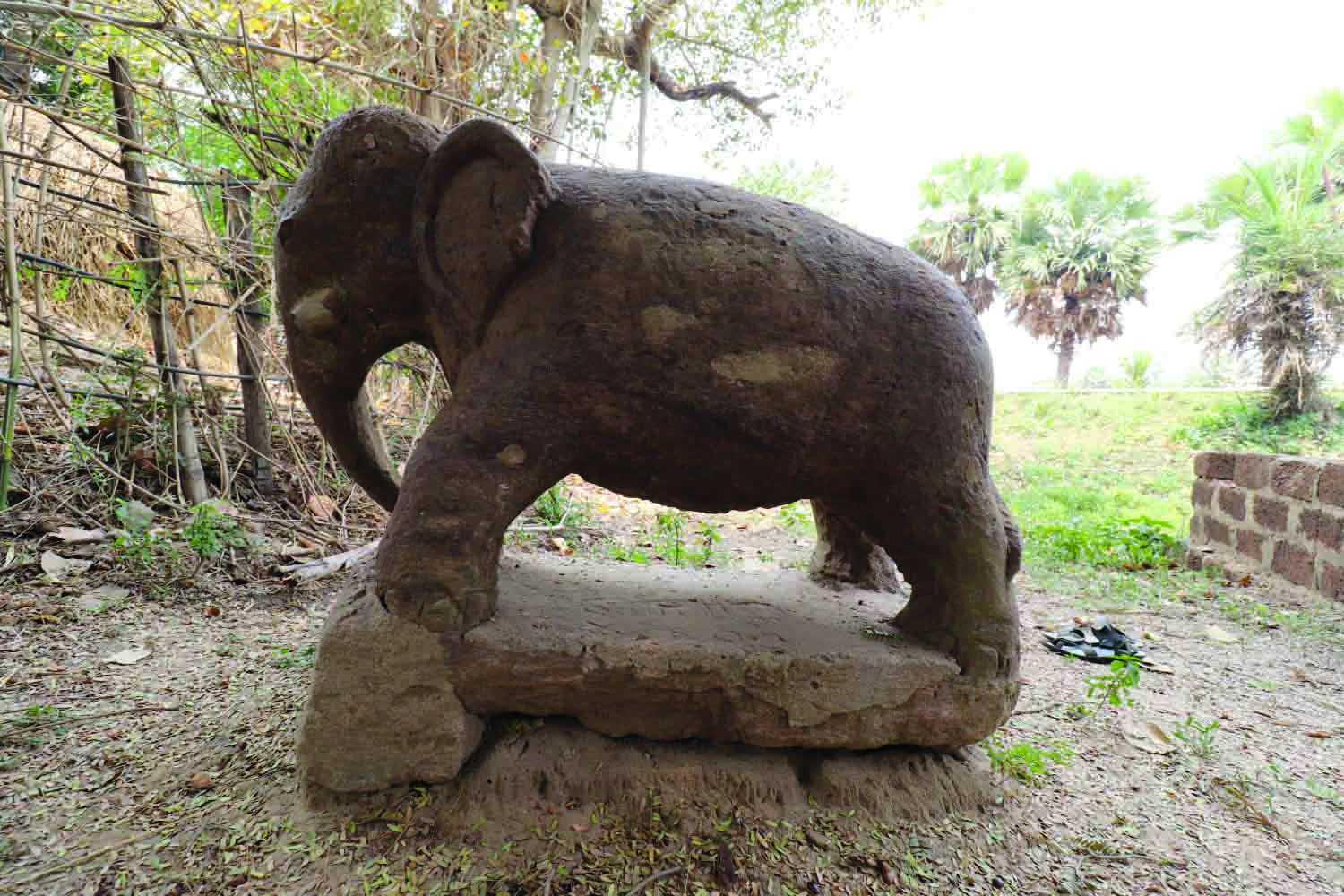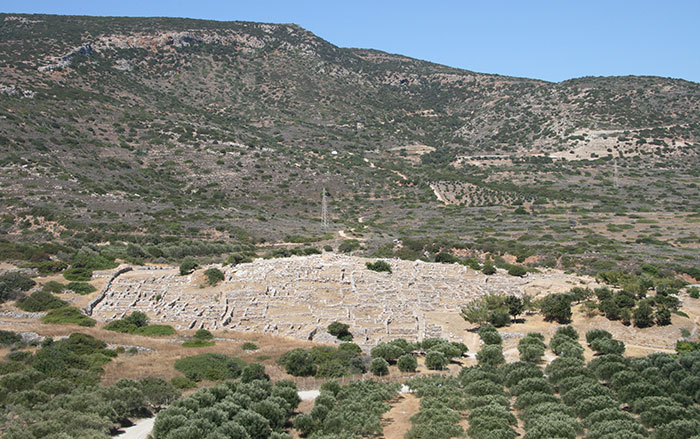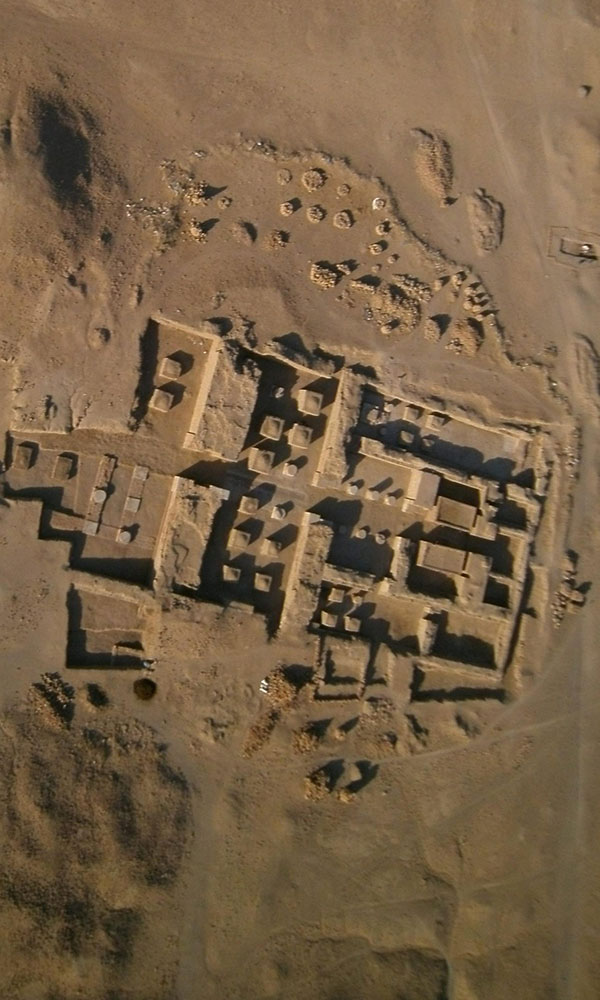BALI, INDONESIA—Two-thousand-year-old pottery and beads from India unearthed in the port towns of Sembiran and Pacung in northern Bali are providing new evidence of the island’s ancient link to India. Names of places located in India, such as Nalanda, Amravati, and Varanasi, were inscribed on the pottery, and those place names were sometimes used to name the homes of officials or priests in the Balinese kingdoms. “In the early times, Indian traders came and stimulated the social structures [with Sanskrit, and Hindu and Buddhist ideology]. When Bali adopted Buddhism, the second migration from the eighth century A.D. to the eleventh century A.D. came to strengthen the Indian influence. It was the second massive contact with India,” archaeologist I. Wayan Ardika of Udayana University explained to the Indo-Asian News Service. Evidence of intermarriage has also been found in remains at burial sites in Julah. “We found Indian DNA on the human remains which indicates there was marriage; the Indian trader may have married locals,” Ardika added. To read about the discovery of the earliest known cave art in Indonesia, go to "On the Origins of Art."
Artifacts Reflect Bali’s Ancient Ties to India
News July 30, 2015
Recommended Articles
Digs & Discoveries May/June 2024
Educational Idols

When Lions Were King September/October 2023
Symbols

Digs & Discoveries September/October 2023
The Elephant and the Buddha


-
Features May/June 2015
The Minoans of Crete
More than 100 years after it was first discovered, the town of Gournia is once again redefining the island's past
 (Jarrett A. Lobell)
(Jarrett A. Lobell) -
Letter from Hawaii May/June 2015
Inside Kauai's Past
Ideal conditions within an ancient cave system are revealing a rich history that reaches back to a time before humans settled the island and extends to the present day
 Courtesy Lida Piggott Burney
Courtesy Lida Piggott Burney -
Artifacts May/June 2015
Late Roman Amulet
 (Courtesy Joachim Śliwa)
(Courtesy Joachim Śliwa) -
Digs & Discoveries May/June 2015
The Charred Scrolls of Herculaneum
 (Fotonews/Splash News/Corbis)
(Fotonews/Splash News/Corbis)



